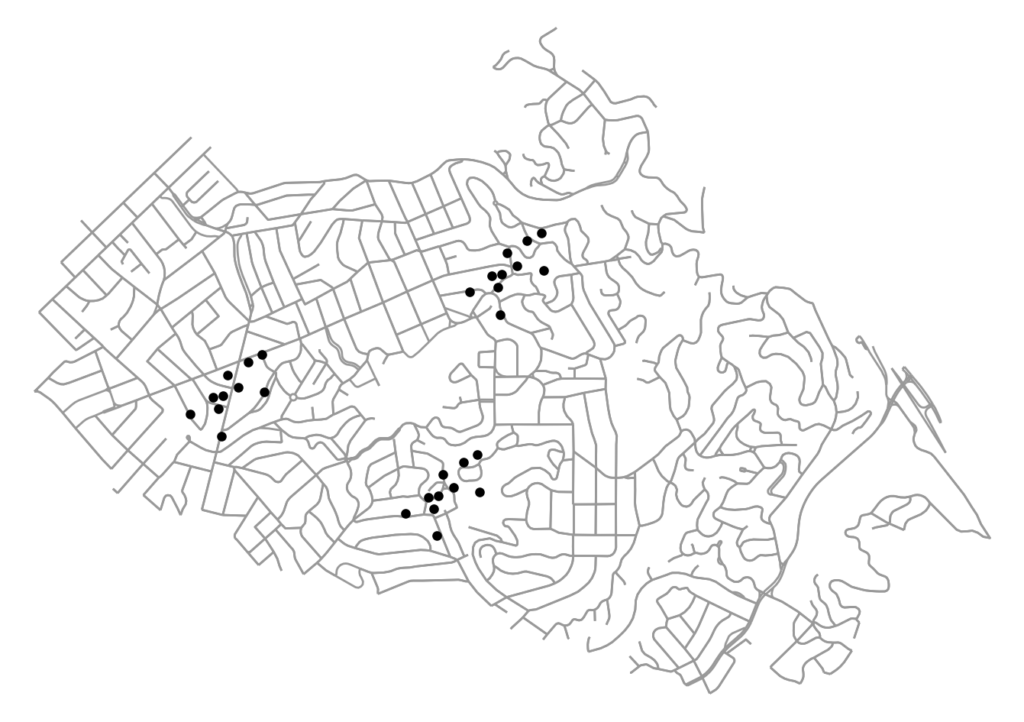One area where urban AI research seems promising is in mixed methods work. For example, it’s hard to use traditional qualitative methods on really large text data sets because of the overwhelming manual labor involved. But if you could train a model to do, say, topic labeling for you, you’d be able to (potentially) analyze nearly unlimited text data nearly instantly after that initial training work. The mixed methods holy grail.
I coauthored an article recently in Computers, Environment and Urban Systems with Madison Lore and Julia Harten which takes up this challenge. Using Los Angeles’s housing crisis and rental market as a case study, we demonstrate how and when modern AI and NLP techniques can generate qualitative insights on par with traditional manual techniques, but at a far larger scale and requiring far less labor.
